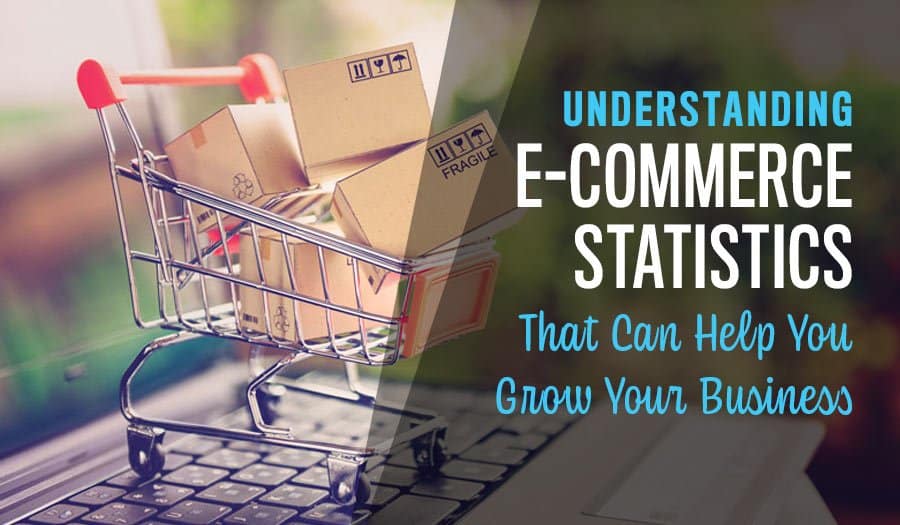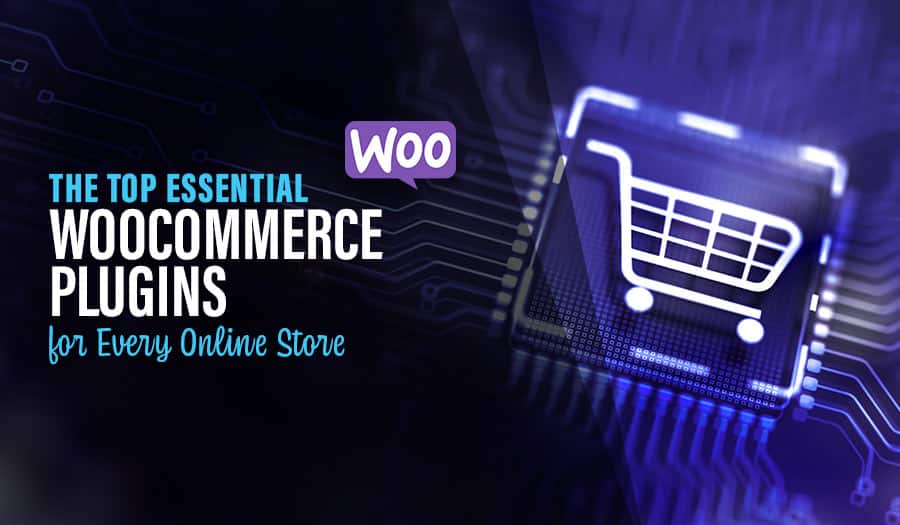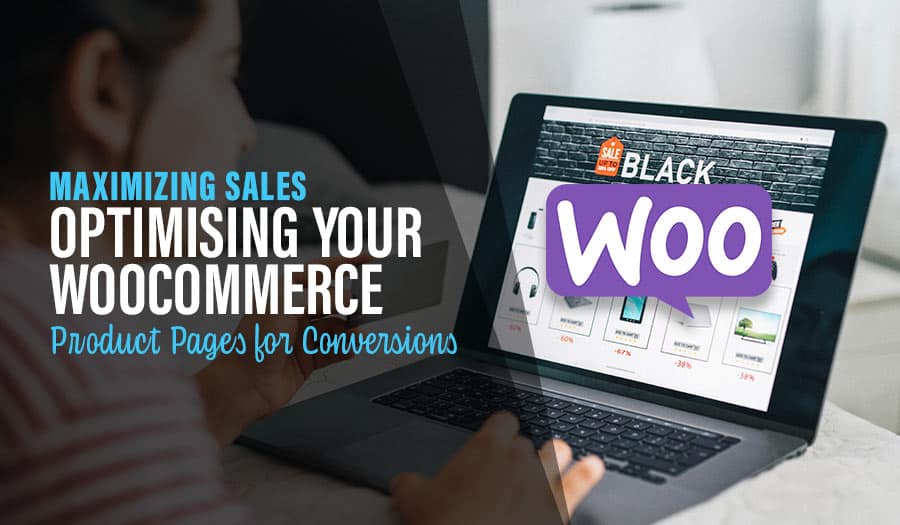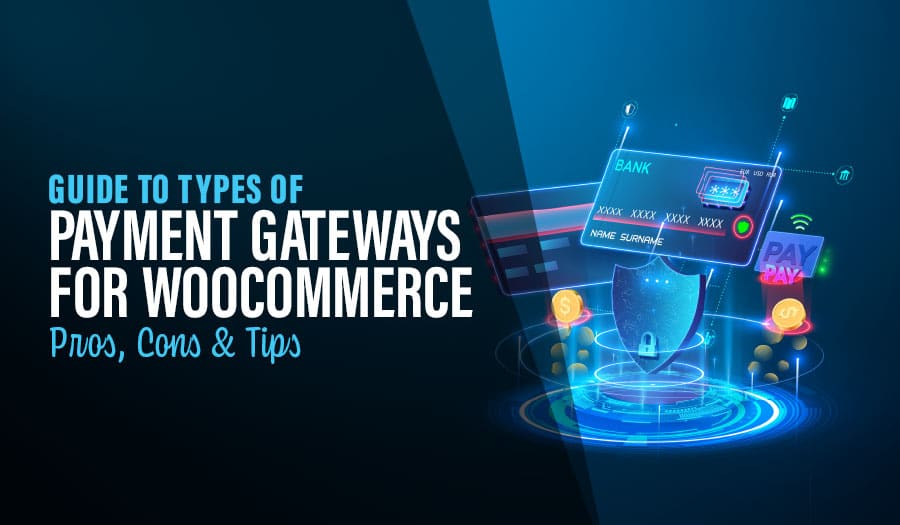Solid data can provide businesses with important information about what is happening within the ever-changing e-commerce space and even predict the direction things will be headed in the future. Here are some solid e-commerce statistics to get you thinking:
E-commerce Statistics That Can Help You Grow Your Business
- 24% of shoppers will spend more to qualify for free shipping
- 9 out of 10 consumers name free shipping as their No.1 incentive to shop online more. (Walker Sands, 2016)
- 53% of global internet users purchased online in 2016. (US Dept of Commerce, 2017)
- Parents spend 61% more online than people without children. (BigCommerce, 2017)
- 67% of millennials prefer to shop online rather than in-store. (BigCommerce, 2017)
- Organic Google searches make up 43% of all e-commerce traffic. (Wolfgang Digital, 2017)
- Men reportedly spend 28% more online than women. (BigCommerce, 2017)
- 68% of online shoppers cite free returns and exchanges as the number one motivation to buy more online. (Walker Sands, 2017)
- It is 7 times more expensive to acquire a new customer than to retain an existing one. (Invesp, 2017)
- 73% of online shoppers are more likely to purchase a product or service if there is a video explaining or demonstrating it beforehand. (Animoto, 2017)
- 68% of US consumers will engage with live chat features if available on a website. (Ladesk, 2017)
- 57% of online shoppers purchased from an overseas retailer in the past 6 months. (Statista, 2017)
- 54% of online shoppers will buy retargeted products if offered a discount. (VWO, 2017)
- The average online shopping cart abandonment rate is 69.23%. (Baymard Institute, 2017)
- 28% of online shoppers will abandon their carts due to unexpected shipping costs. (VWO, 2017)
- 93% of online shoppers list visual appearance as their key deciding factor in purchasing. (Justuno, 2017)
- 46% of online shoppers want more product comparisons available on e-commerce sites. (BigCommerce, 2017)
- PayPal Transactions have a 70% higher checkout conversion than non-PayPal transactions. (PayPal, 2017)
- 42% of online shoppers would like to see more testimonials from e-commerce sites. (BigCommerce, 2017)
- Global retail e-commerce sales will reach $4.5 trillion by 2021. (Statista, 2017)
Social Media Marketing
Statistics on the three leading players in social media have a lot to tell us:
- Four million businesses pay for Facebook advertising. (Forbes, 2018)
- Facebook advertising revenue is predicted to overtake total print ad spending by 2019. (Sproutsocial, 2018)
- In 2015, 52% of consumers’ online and offline purchases were influenced by Facebook compared to 36% noted in 2014. (The Drum, 2018)
- Research shows the optimum time to post on Facebook is 3:00 pm on Wednesdays, followed by 12:00 pm-1:00 pm on Saturdays and 1:00 pm-4:00 pm on both Thursdays and Fridays. (HubSpot, 2018)
- Facebook is expected to have generated $21.57 billion in U.S. advertising revenue by the end of 2018, which, if accurate, will account for 83% of the total ad spend on social media for the United States. (Sproutsocial, 2018)
- 96% of U.S. fashion brands have an active Instagram account. (Brandwatch, 2017)
- 90% of the Top 100 Brands in the world have an active Instagram account (Brandwatch, 2017)
- 90% of Instagram users are under the age of 35. (Science Daily, 2018)
- Females are 38% more likely to use Instagram than men (26%). (Sproutsocial, 2018)
- 50% of all Instagram users follow a brand, making it the social media network whose users are most likely to do so. (Brandwatch, 2017)
- The most under-represented (or least active) businesses on Instagram are fast-moving consumer goods, financial services and business services. Media brands are the most active. (Simply Measured, 2018)
- 70% of hashtags used on Instagram are branded. (Brandwatch, 2017)
- Top brands active on Instagram have a per-follower engagement rate of 4.21%, which is a whopping 58 times higher than Facebook and a massive 120 times higher than brands on Twitter. (Hootsuite, 2018)
- 72% of brand followers on Twitter are expected to buy in the future. (WebpageFX, 2018)
- 78% of customers who complain to a company via Twitter expect a response to their complaint within the hour. (Lithium, 2018)
- Link-clicks make up 92% of all Tweet/user interaction. (HubSpot, 2018)
- Only 328 million Twitter accounts out of a total of 1.3 billion Twitter accounts are active. (BusinessInsider, 2018)
- Tweets without hashtags are shown to out-perform Tweets with hashtags. (Adweek, 2018)
- Promoted Tweets have been shown to boost offline sales by 29%. (WebpageFX, 2018)
- 77% of Twitter users report they feel better about a brand after it replies to their Tweet. (WebpageFX, 2018)
- Companies using Twitter for customer service find customer satisfaction increases by around 19%. (WebpageFX, 2018)
Lead generation
- 93% of B2B purchase processes start with an online search.
- 94% of B2B buyers will research online before finalizing a purchase.
- 59% of B2B marketers will cite email as the best source of revenue generation. (BtoB Magazine, 2016)
- 85% of B2B marketers say lead generation is their most important content marketing goal in 2016. (Content Marketing Institute, 2016)
- 93% of B2B companies say content marketing generates more leads than traditional marketing. (Forbes, 2016)
- 49% of B2B marketers state social media is the hardest marketing activity to implement. (Emarketer, 2016)
- Social media conversion rates sit 13% higher than average lead conversion rates. (Hubspot, 2016)
- Leads generated from LinkedIn proved successful for 65% of B2B businesses. (LinkedIn, 2016)
- Over 79% of marketing leads do not eventuate in sales due to a lack of lead nurturing. (MarketingSherpa, 2016)
- Only 56% of leads are verified before being passed onto sales teams by B2B businesses. (MarketingSherpa, 2016)
- Twitter is the top social media platform for B2B brand mentions with around 73% of B2B brand mentions across social media happening on Twitter. (Brandwatch, 2016)
Marketing Automation
- 63% of companies who have been successful in marketing automation implementation plan to increase their marketing automation budget. (Ascend2, 2015)
- Marketing automation is used by approximately 42% of businesses. (Ascend2, 2015)
- 58% of top-performing companies (who attribute more than half of the sales pipeline to marketing efforts) have adopted marketing automation. (Pepper Global, 2014)
- 61% report one of the most important strategic goals of marketing automation to be increasing lead generation, while 57% cited lead nurturing and listed 47% sales revenue. (Ascend2, 2016)
- 80% of marketing automation users saw their number of leads increase, and 77% reported an increase in the number of conversions. (VB Insight, 2015)
Marketing
- 50% of page-1 Google search results are now HTTPS. (Moz, 2017)
- 65% of marketers state link building is the most difficult tactic to perform. (SEO Stats Report, 2017)
- 77% of people use Google as their search engine of choice. (Smart Insights, 2017)
- 39% of marketers do not think their company’s marketing strategy is effective. (Hubspot, 2017)
- The video will make up 80% of online consumer traffic by 2020. (Animoto, 2017)
- 62% of marketers intend to increase their investment in Facebook Video in the next 12 months. (Animoto, 2017)
- 25% of Instagram advertisements are single videos. (Sprout Social, 2017)
- 75% of consumers are likelier to buy from stores that personalize their content. (Accenture, 2017)
- Email is 40 times more effective at acquiring new customers than either Twitter or Facebook. (McKinsey, 2017)
- Email marketing has a 38-to-1 ROI. (DMA, 2018).
- 80% of small and medium retailers in the U.S. say email marketing is the greatest driver of both customer retention and acquisition. (EMarketer, 2017)
- 75% of Gmail users access their emails on mobile devices.
Content Promotion
- The Top 3 content marketing tactics are blogging (65%) followed by social media (64%) and case studies (64%). (LinkedIn, 2017)
- Long-form blog posts generate 9 times more leads than short-form blog posts. (Curata, 2017)
- 45% of marketers list blogging as their No.1 most important content strategy. (Social Media Examiner, 2017)
- The average blog post now sits at 1, 142 words, 41% higher than 2014. (Orbit Media, 2017)
Your head should be spinning after digesting all that information. If there’s anything about your e-commerce website that makes your head spin, feel free to chat to us. Or, if you’d like to talk to us about how best to optimise your website to grow your business, contact us.
Take your online store business to the next level with a Pixel Fish Ecommerce Website.
Check out some of our latest Ecommerce Website Design projects.
Further Information
Understanding How Internal Website Links impact SEO
Top 10 WordPress Web Design Trends for 2022
Top 15 New WooCommerce Extensions Your Store Needs in 2022
Top 5 Highly Effective Customer Retention Strategies
Understanding The Importance of Web Design for Aged Care Organisations



